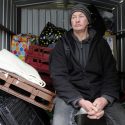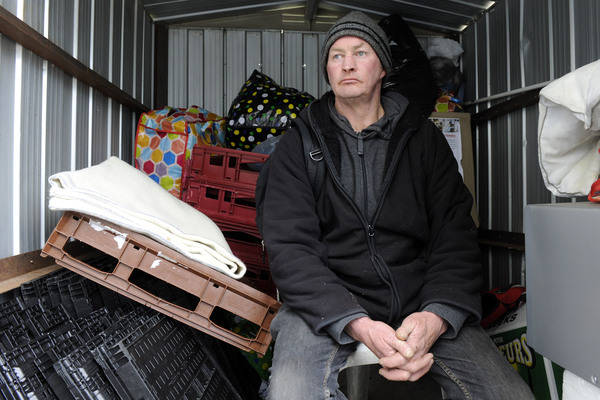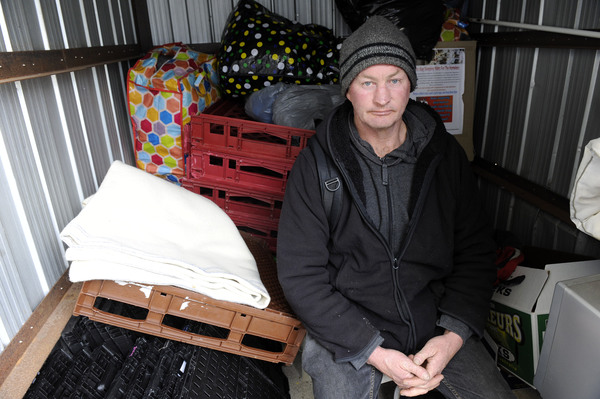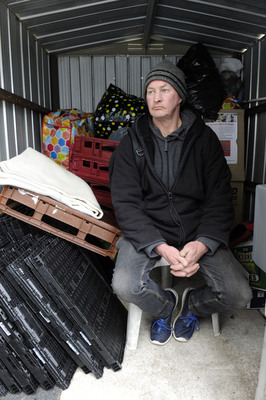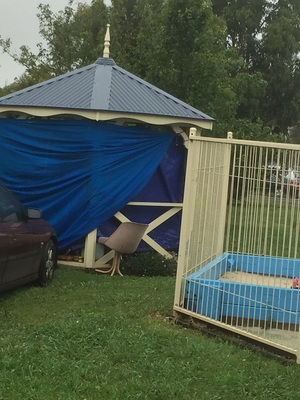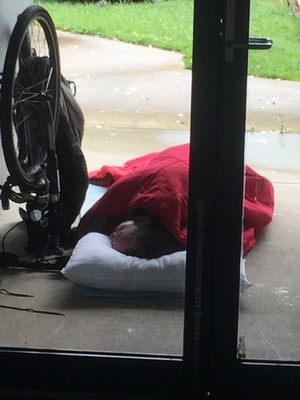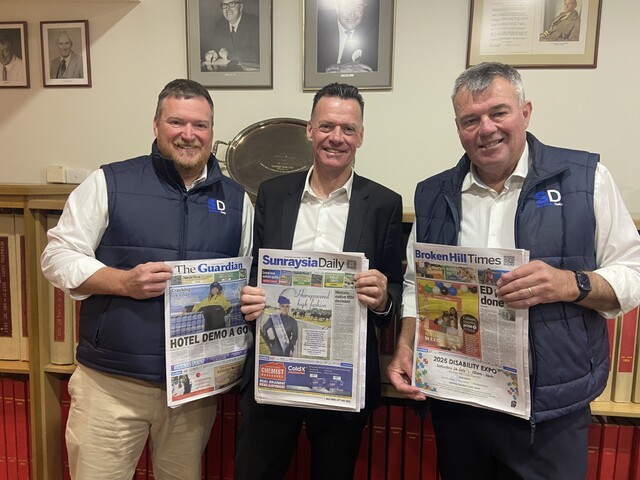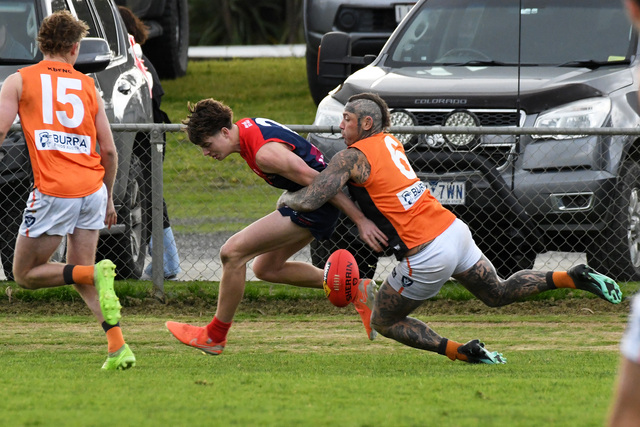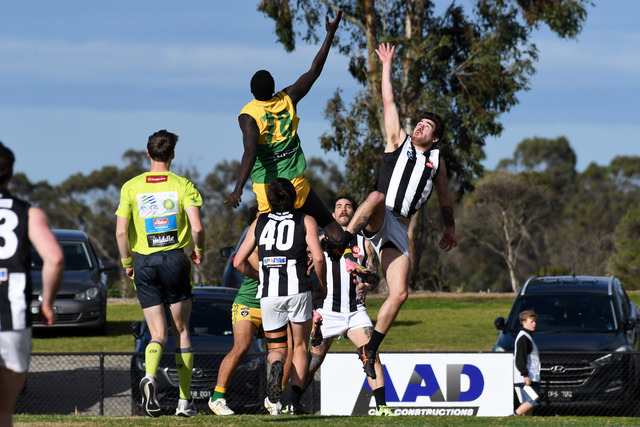By Brendan Rees
City of Casey ranks second among 15 Melbourne suburbs where rental affordability has plummeted.
Figures from the Council for Homeless Persons (CHP) show affordable rental houses in Casey plunged from 70 per cent in 2007 to just 13 per cent a decade later.
Desperate people are sleeping rough in parks, cars, abandoned houses, and in Cranbourne’s Salvation Army carpark as skyrocketing rental prices force people out of the housing market, welfare services warn.
“It’s a grim situation for low-income earners, who find that there is nowhere to escape high rents, and that the social housing safety net is inadequate. Moving further out is no longer the silver bullet to reducing rent stress,” said Council to Homeless Persons policy and communications manager, Kate Colvin.
“Our housing system is failing the most vulnerable, and the result is rising homelessness. Victoria’s public housing levels are the lowest in history, and 35,000 people are waiting for social housing.”
Ms Colvin said the State Government planned to deliver 6000 new social housing properties over five years, but given the scale of the problem federal action to boost social housing was needed.
“Otherwise, the state is just fighting a battle with one hand behind its back.”
“Providing housing that people can afford is the single most important way to reduce homelessness. We want to see 100,000 homes dedicated to low-income earners delivered over five years nationally, 30,000 of which would be allocated to Victoria,” Ms Colvin said.
Among those desperate for help was Andrew, who became homeless after being made redundant from his job in tree farming in 2014.
Andrew, who did not wish to reveal his surname, had a marriage breakdown, and could no longer afford the mortgage on their home.
“I’ve gone through the worst of it, but it has been an experience,” he said.
“I started getting depressed, so one day I headed over to Pakenham and ended up pitching a tent over there near the railway line. I stayed there for two months.”
Andrew said he fell into depression until he found shelter in a rear shed at the Salvation Army Community Support Centre in Cranbourne.
“The last three months have been pretty good, but the nine months before that I was pretty down and out. I’ll stay here because I’ve got a warm doona and clothes in a little shed here, so if it rains I’m dry. It’s only an emergency though. I’m more comfortable now. In the past, it’s been a bit rough,”
“They asked me to be a volunteer here, so I’ve taken that on. I do a couple of days a week fixing up their gardens and the lawns. It gives me a purpose in life.”
Andrew said he was hopeful of finding a job soon.
“I’ve got a bloke who owns a farm, and I’m waiting for him to give me the go ahead to head over there because there’s six months work there,” he said.
State Member for Cranbourne District Jude Perera said the State Government had added more than 1100 social housing properties, “and more than 600 new properties will come online this coming year through purchasing and leasing programs.”
“This record investment will help more than 19,000 Victorians to access and sustain housing, and will deliver more than 6000 social housing units,” Mr Perera said.
“There are residents doing it tough, some doing it tougher than others through no fault of their own, and that’s why the Andrews Labor Government is investing a record $799 million in housing and homelessness support for those who need it most, and we are preparing for the future through a $2 billion investment in our social housing growth fund,” he said.
WAYYS Cranbourne executive officer Leanne Petridis said the waiting list for public housing in Casey was more than 20 years, with those on the priority list waiting up to three years.
“During the last financial year, we had 387 clients who were living in rooming houses or caravan parks. We had 178 people who were sleeping rough so that would mean either in their cars or simply under bridges, and camping out.”
“It’s important to remember that those figures are people who are coming into a service that’s not actually a housing service. So they’re attending even though they know they can’t get housing from us.”
She said some people were not homeless, but were paying up to 70 per cent of their income in rent, leaving not much to afford food.
“They’re struggling with housing stress that’s actually quite extreme. That will continue to be a growing concern for this area.”
Cranbourne Information and Support Service manager of volunteers Michael Cooney said they had had to double their volunteer intake to 40 as more people sought crisis support.
“I think it’s fair to say that we have probably had a 20 per cent increase (in clients) in the last five years. On average, we’ve been getting just under a thousand new clients each year which gives us an indication what’s happening outside.”
Cranbourne Salvation Army Kelly Jose said the organisation was stretched for resources.
“They (homeless) are sleeping in our car park and putting up tents around the building and into a little alcove where it’s warmer and away from the wind. We are changing as the need arises. We never used to do breakfast and lunch here. There is a need for it now, so we’ve got the food trucks that come in which is really good,” Ms Jose said.
She said the only option for some people was a boarding house.
“A lot of them are scared of boarding houses. They feel safer in their car.”
Ms Kelly said they assisted up to 100 people each week with some so relieved just to receive a shower.
“At least they can have a nice warm shower and breakfast and lunch here. We provide tents and sleeping bags, but in this weather it’s not always ideal. The shortage of housing makes it extremely difficult.”
Casey Councillor Geoff Ablett said council would be holding a summit with welfare agencies within the next month to “find the best model” of improving housing affordability and homelessness.
“What I’m aiming for is a place where people know they can get a bed, but also a meal by working with the other agencies to do food vans and toiletries and get a bit of dignity back in their lives,” Cr Ablett said.
“We really need to do more than what we’re doing. We have some fantastic agencies doing a lot of great stuff, but if we pull everyone together and have a summit meeting we may find a way we can do things better working with each other and getting a bigger bang for our buck.”
CHP chief executive Jenny Smith said the housing crisis was failing Victorians and driving increased homelessness.
“There’s little in the private rental market for low-income households, and not enough social housing to catch people who are being pushed to the edge,” Ms Smith said.

